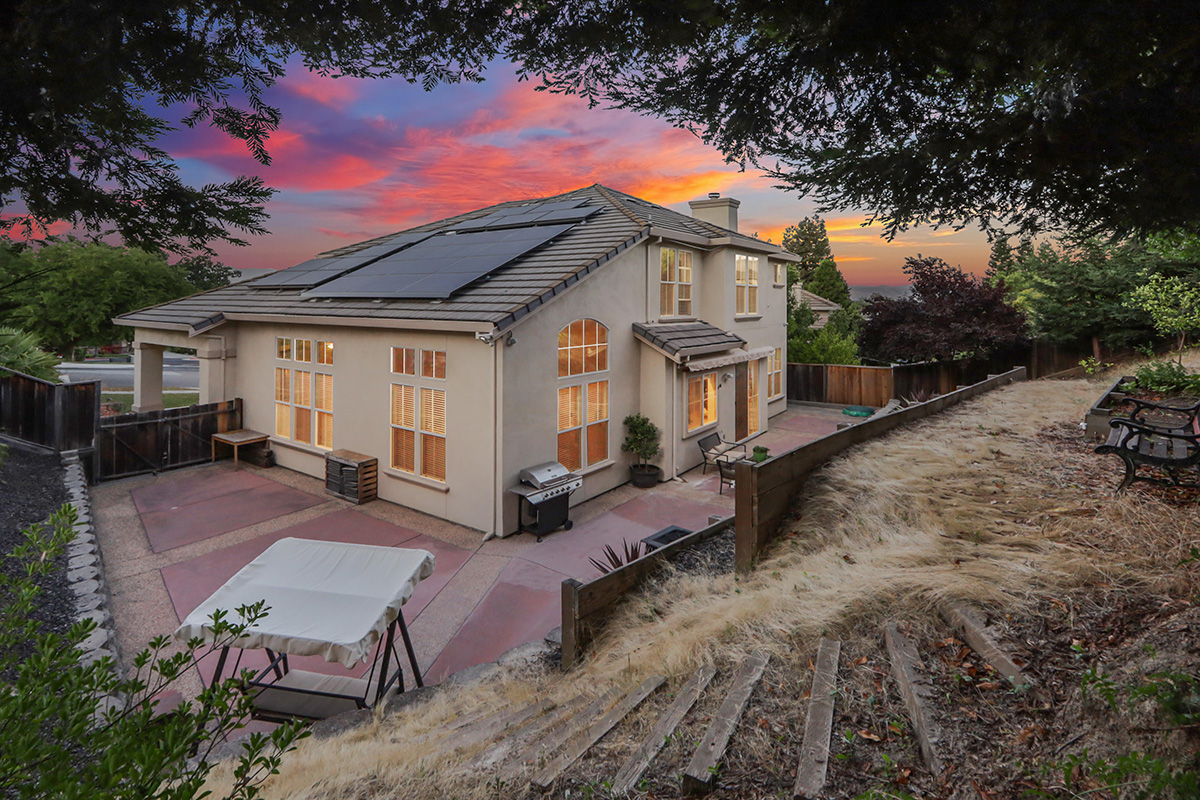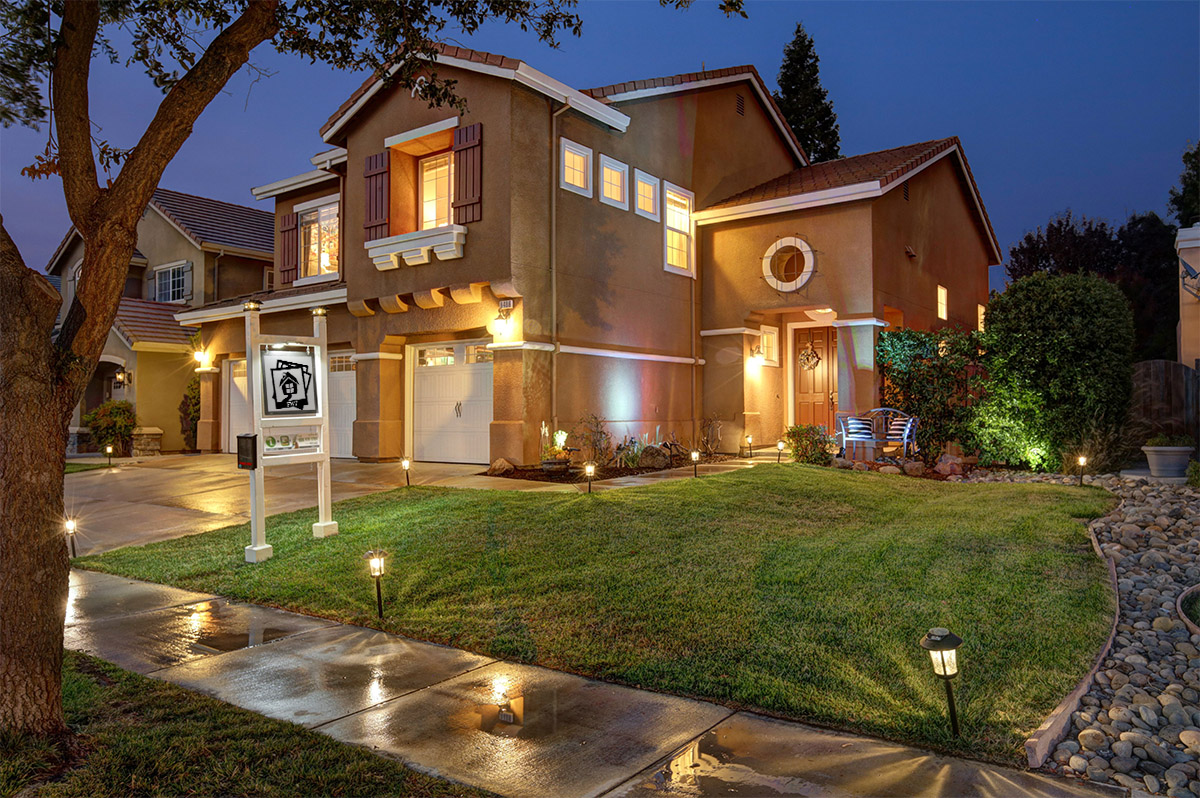Four Way Tours Twilight photography Service
The Best Real Estate Twilight photography in the Bay Area
We specialize in real estate twilight photography, We offer a selection on the type of twilight photos captured to best suit your marketing needs. We currently serve the entire Bay Area and can perform twilight captures in the evening and in the morning.
Real Estate Twilight photography Services
- Golden Twilight$179.00
- Civil Twilight$199.00
- Nautical Twilight$229.00
- Astronautical Twilight$249.00
- Luxury Twilight$299.00
Order Now!
Twilight photography Package add ons
- Twilight Photo Addon $99.00 - $99.00
Twilight Photography Service Type
 Standard
Standard
Standard
Our STANDARD TWILIGHT service uses bracketed photos and photoshop blending for each photo. In our standard service, we can usually deliver 10-15 twilight photos per order. If your looking to make any of your twilight photos POP, you want to consider the TWILIGHT PLUS option or possibly our TWILIGHT LUXURY services.
 Plus
Plus
Twilight Plus
The TWILIGHT PLUS package uses the same bracketed photo capturing as our Standard service with the additions of advanced editing, sky blending / sky replacement, and various twilight touch ups like fixing windows, garage windows, grass lights etc.
 Luxury
Luxury
Luxury style
Our LUXURY TWILIGHT will make each photo worthy of an art book. We use advanced techniques in Light Painting, Flash photography, and exposure blending to create a masterpiece for at least 4 shots. We also include 10 photos in our TWILIGHT PLUS service to deliver up to 15 twilight photos that will make YOU and your listing stand out in the market.
Twilight Photography Service Times
Golden Twilight

Golden twilight photographs are taken as the sun is setting beginning 60 minutes before sundown and offer excellent lighting for areas that have harsh contrasting shadows during the day.
Civil Twilight

Civil twilight is generally the first 15-23 minutes after Sun Down. Interior lights are starting to glow, and a hint of the sun can be seen at the horizon.
Nautical Twilight

The sun having left the horizon, Nautical twilight offers richer skies, deep glowing windows, and illuminated clouds.
Astronautical Twilight

Somewhere between 30-45 minutes after sunset, astronautical twilight can be captured. These require long exposures, and will have dark areas where lights are not installed.
Twilight Table for description and sun angles
| Reference Name | Description | Angle of the Sun | Topocentric |
|---|---|---|---|
| VISUAL | The moment when the visual upper edge of the sun crosses the horizon. This is the default. | yes | |
| VISUAL LOWER | The moment when the visual lower edge of the sun crosses the horizon. | yes | |
| ASTRONOMICAL | Astronomical twilight | -18° | no |
| NAUTICAL | Nautical twilight | -12° | no |
| CIVIL | Civil twilight | -6° | no |
| HORIZON | The moment when the center of the sun crosses the horizon. | 0° | no |
| GOLDEN HOUR | Transition from daylight to Golden Hour | 6° | no |
| BLUE HOUR | Transition from Golden Hour to Blue Hour | -4° | no |
| NIGHT HOUR | Transition from Blue Hour to night | -8° | no |
Twilight Description
The Golden hour is the hour before the sunset. This can be a perfect time to capture high contrast locations as the sun is drifting away. In Real Estate Photography, Twilight can refer to any photos taken just before sunset or following sunset.
Civil Twilight, Dawn, and Dusk
Civil twilight occurs when the Sun is less than 6 degrees below the horizon. In the morning, civil twilight begins when the Sun is 6 degrees below the horizon and ends at sunrise. In the evening, it begins at sunset and ends when the Sun reaches 6 degrees below the horizon. Civil dawn is the moment when the center of the Sun is 6 degrees below the horizon in the morning. Civil dusk is the moment when the center of the Sun is 6 degrees below the horizon in the evening.
Brightest Form of Twilight
Civil twilight is the brightest form of twilight. There is enough natural sunlight during this period that artificial light may not be required to carry out outdoor activities. Only the brightest celestial objects can be observed by the naked eye during this time. Several countries use this definition of civil twilight to make laws related to aviation, hunting, and the usage of headlights and street lamps.
Nautical Twilight, Dawn, and Dusk
Nautical twilight occurs when the center of the Sun is between 6 degrees and 12 degrees below the horizon. This twilight period is less bright than civil twilight and artificial light is generally required for outdoor activities. Nautical dawn occurs when the Sun is 12 degrees below the horizon during the morning. Nautical dusk occurs when the Sun is 12 degrees below the horizon in the evening. The term, nautical twilight, dates back to the time when sailors used the stars to navigate the seas. During this time, most stars can be easily seen with naked eyes, and the horizon is usually also visible in clear weather conditions. In addition to being important to navigation on the seas, nautical twilight also has military implications. For example, the military forces of the United States use nautical twilight, as reflected by the terms begin morning nautical twilight (BMNT) and end evening nautical twilight (EENT), to plan tactical operations.
Astronomical Twilight, Dawn, and Dusk
Astronomical twilight occurs when the Sun is between 12 degrees and 18 degrees below the horizon. Astronomical dawn is the time when the center of the Sun is at 18 degrees below the horizon. Astronomical dusk is the instant when the center of the Sun is at 18 degrees below the horizon. During astronomical twilight, most celestial objects can be observed in the sky. However, the atmosphere still scatters and refracts a small amount of sunlight, and that may make it difficult for astronomers to view the faintest objects. Before astronomical dawn and after astronomical dusk, it is astronomical nighttime, when no indirect sunlight is visible and even faint celestial objects can be seen, weather permitting.

